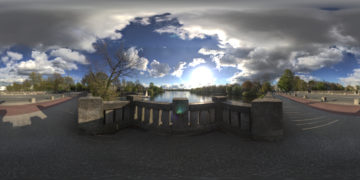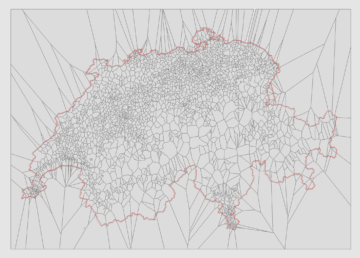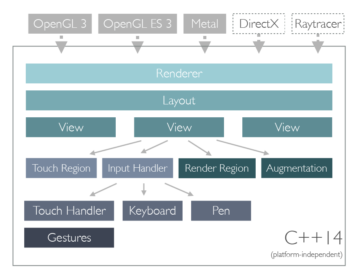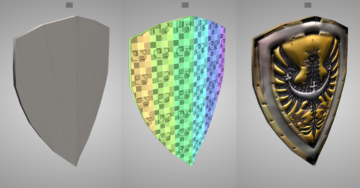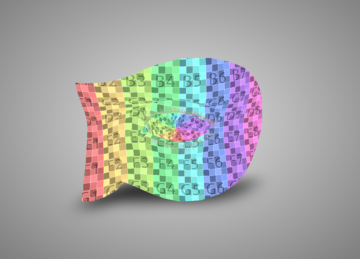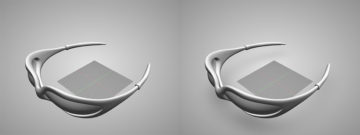I remember reading a CVS book back in 2002 or so. It had a quote saying “coding without a versioning system is like parachuting without a parachute”. I always liked this quote as it captured what an essential role version control … Read More … Read More
Blog
Monthly Status Update Video
There hasn’t been much news lately as we have spent the time on improving tessellation quality and optimizing low-level NURBS functionality. So instead, here is the first in a monthly series of videos that will keep you in touch with … Read More


